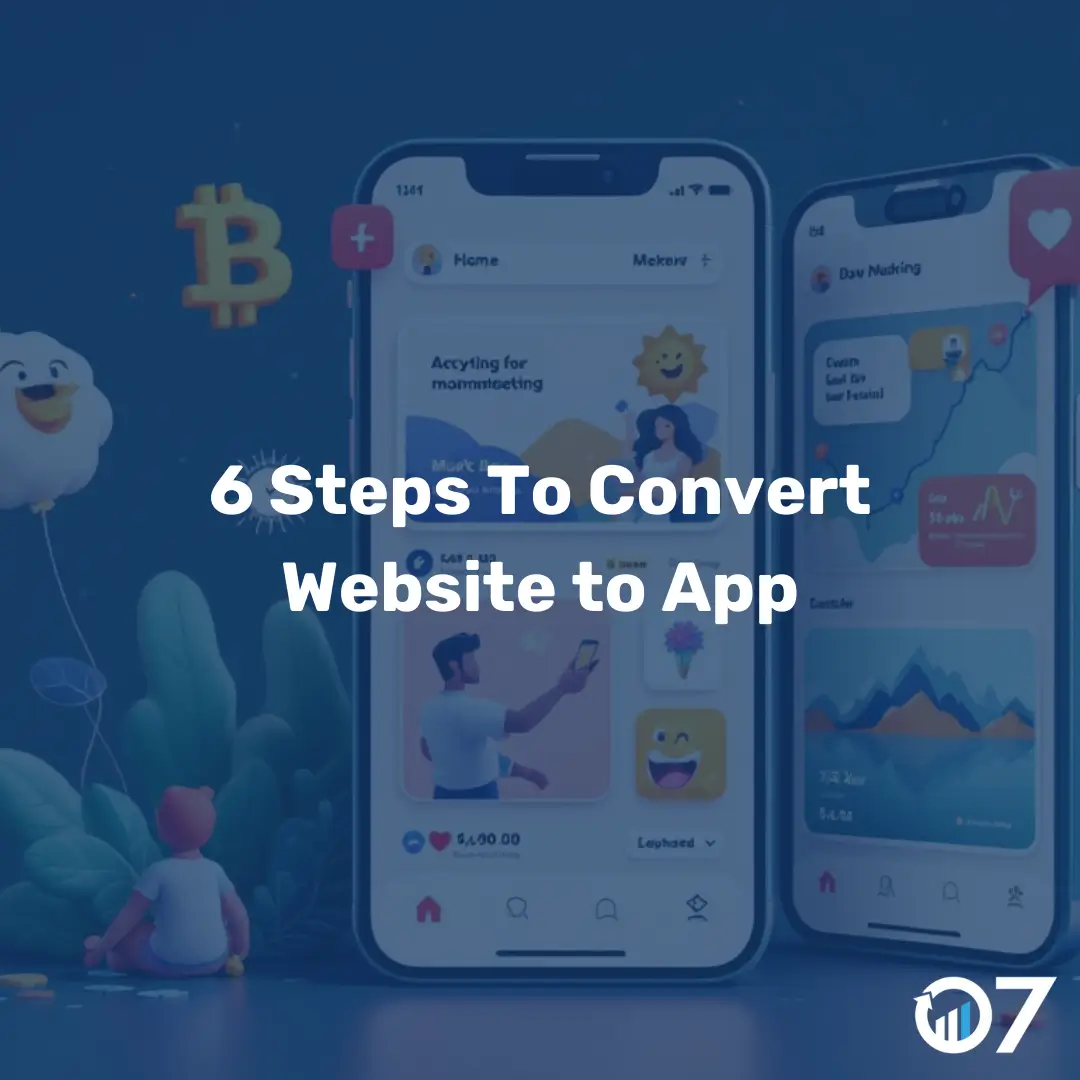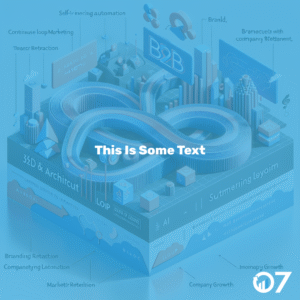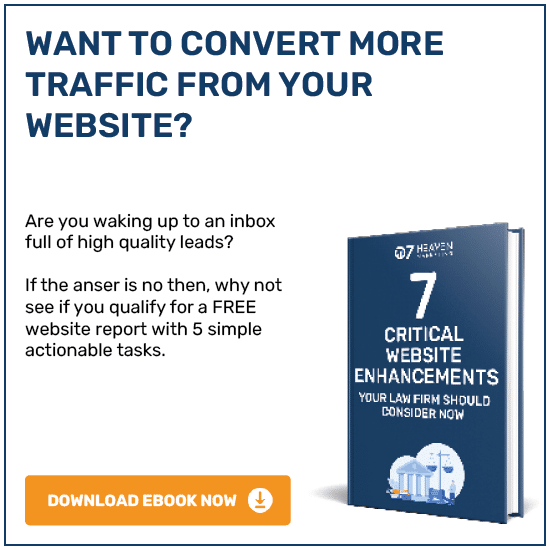Convert Website to App and watch your business soar with enhanced user experience and engagement. Read on to discover inspiring success stories and practical tips for making the transition.
When I bought myself an iPad Pro, I started to notice a change in my behavior. Instead of using a web browser to visit websites on my laptop or my iPad, I would almost always try to find an app instead, because an app offered a better experience than a website (in my humble opinion, at least).
In today’s digital age, businesses must adapt to changing user preferences. One significant shift is the growing preference for mobile apps over websites. Apps offer a more streamlined, user-friendly experience, leading to higher engagement and customer satisfaction. If you’re considering converting your website to an app, you’re in good company. Many brands have successfully made this transition, reaping the benefits of increased user engagement and retention.
Why Convert Your Website to an App?
Before diving into the how-tos, let’s discuss why you should consider converting your website into an app. Here are some compelling reasons:
- Enhanced User Experience: Apps are designed for mobile devices, offering a smoother and more intuitive experience.
- Increased Engagement: Push notifications and in-app messaging keep users engaged.
- Offline Access: Apps can offer offline functionalities, providing value even without an internet connection.
- Brand Loyalty: A dedicated app can enhance brand loyalty and trust.
Steps to Convert Your Website to an App
Converting your website to an app involves several steps. Here’s a simplified guide to help you get started:
1. Define Your Objectives
Before you start, it’s crucial to define your objectives. What do you hope to achieve with your app? Increased sales, better user engagement, or perhaps enhanced brand loyalty? Knowing your goals will guide the development process.
2. Choose the Right Platform
Decide whether you want a native app (specific to iOS or Android) or a cross-platform app (works on both). Each has its pros and cons, so choose based on your target audience and budget.
3. Design the User Interface
The design of your app should be intuitive and user-friendly. Work with experienced designers to create an interface that aligns with your brand and meets user expectations.
4. Develop the App
Once the design is ready, it’s time to develop the app. You can either hire a development team or use app-building platforms like Appy Pie or BuildFire.
5. Test Thoroughly
Testing is a critical step. Ensure your app is bug-free and offers a seamless experience. Conduct beta testing with a small group of users before the official launch.
6. Launch and Promote
Once your app is ready, launch it on app stores and promote it through various channels like social media, email marketing, and your website.
Success Stories: Brands That Did It Right
Let’s look at five brands that successfully converted their websites into apps and reaped significant benefits:
1. Starbucks
Starbucks’ app is a prime example of how a brand can enhance customer experience through an app. The app allows users to order ahead, find nearby stores, and earn rewards. This has led to increased customer loyalty and sales.
2. ASOS
ASOS, a popular online fashion retailer, saw a significant increase in mobile sales after launching their app. The app offers a seamless shopping experience with features like personalized recommendations and easy checkout.
3. Airbnb
Airbnb’s app has made booking accommodations more convenient for users. The app’s user-friendly interface and additional features like local experiences have contributed to its success.
4. Amazon
Amazon’s app has revolutionized online shopping. With features like one-click ordering and personalized recommendations, the app has significantly boosted user engagement and sales.
5. Nike
Nike’s app offers a personalized shopping experience, workout tips, and exclusive content. This has helped the brand build a loyal customer base and increase sales.
Practical Tips for a Successful Transition
Here are some practical tips to ensure a successful transition from a website to an app:
1. Focus on User Experience
Your app’s success largely depends on the user experience. Ensure the app is easy to navigate, visually appealing, and offers value to users.
2. Keep It Simple
Avoid overloading your app with too many features. Focus on core functionalities that align with your objectives and enhance user experience.
3. Leverage Push Notifications
Push notifications are a powerful tool to keep users engaged. Use them wisely to share updates, promotions, and personalized content.
4. Monitor and Improve
After launching your app, continuously monitor its performance and user feedback. Use analytics tools to track user behavior and make necessary improvements.
Conclusion
Converting your website to an app can significantly enhance user experience and engagement. By following the steps and tips outlined in this article, you can successfully make the transition and reap the benefits. For more insights and tips, visit our blog or contact us via email at info@07hm.co.uk or telephone at 01702 410663.





